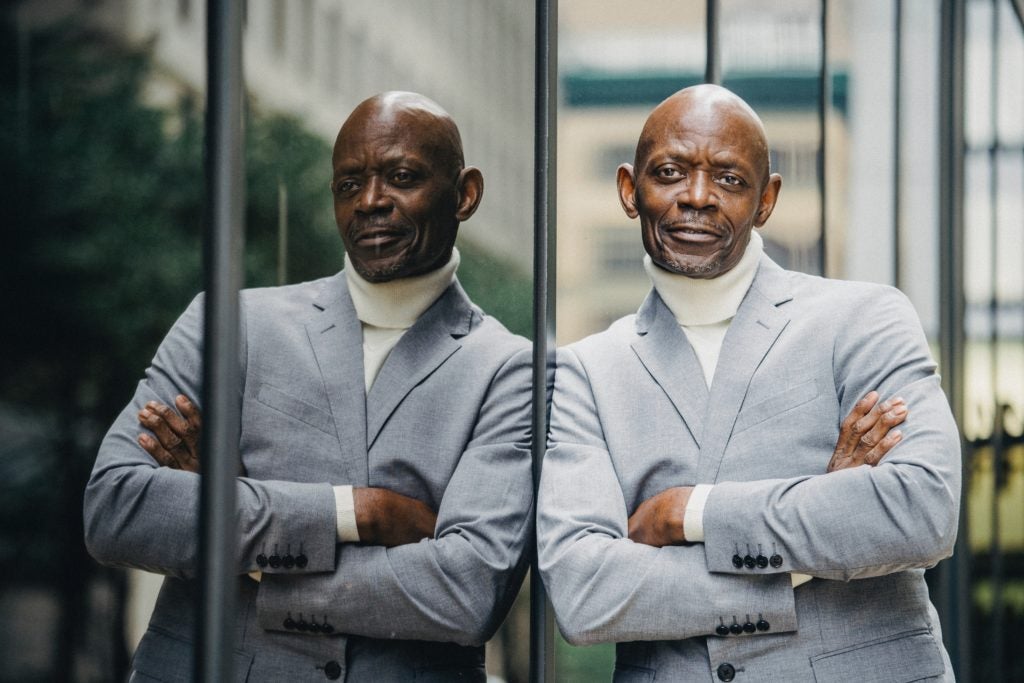
When it comes to CIO vs CEO, the similarities in these roles are striking. CEOs run organizations, set strategic directions, and provide leadership to employees as they work to fulfill their missions. CIOs run IT divisions, set business technology strategic directions, and provide leadership to IT staff as they work to fulfill their business technology goals and objectives.
In the abstract it would seem that CEOs and CIOs have many things in common — and they do in a lot of organizations. However, they also have some differences, and it’s in these differences that the trouble often begins. Two data points illustrate this problem.
Read more: The Future of IT Is Hybrid: Four Tips for CIOs to Find Success
How CIOs View CEOs
The first is a survey of several hundred CIOs who were asked what they thought their CEOs wanted from them in the coming year. The answers were actually encouraging in terms of CIOs being able to put themselves in their CEO’s shoes. The top five responses were:
1. Help the company reach a specific revenue goal
2. Complete a major enterprise project
3. Support customer acquisition and retention
4. Simplify IT
5. Lead a product innovation effort
These responses demonstrate some business sensitivity on the part of CIOs to the kinds of initiatives and activities CEOs think about most. However, displaying that type of sensitivity and doing something about it are, alas, two very different things.
How CIOs View Themselves
Now juxtapose the above responses with the answers from a group of CIOs who received awards for their achievements and were asked what their leading priorities were. The top five responses were:
1. Data management and business analytics
2. Mobile, including management, security, tablets and app stores
3. Application development, including ERP and CRM
4. Cloud computing, including public, private and hybrid clouds
5. Security, including virus protection, single sign-on, firewalls and VPNs
These aren’t likely to be the type of strategic business-focused initiatives that CEOs are most interested in. Now, in fairness, the CIO priority list above reflects the kinds of initiatives and projects that many companies need, or at least need to be better at, so at the technology level of the responses are understandable.
It’s just that these are not the types of things that will get the CEO and rest of the executive staff too excited about what IT is bringing to the table. And while strictly speaking it isn’t the CIO’s job to get the CEO excited about IT, it is for CIOs interested in making a difference in their organizations.
So, what’s the problem? The problem is that when the priorities of the CEO and CIO are not in synch it inevitably leads to, at best, misunderstandings about the value IT is delivering to the organization and, at worst, a communications and credibility disconnect between the CEO and the CIO that can be difficult to repair. Neither one is good for the organization or for the CIO’s career trajectory.
The good news is that there is a way to fix this problem.
How CIOs and CEOs Can Support Each Other
First, it helps if both the CEO and CIO take the time to develop an appreciation of what the other does, and how that continually informs and shapes how they view their respective worlds. This sounds easy but, in reality, it is anything but easy.
The reason it is difficult is because there is only one way to accomplish it — and that is by spending time with each other. And by spending time, I mean more than a weekly or monthly status meeting or a place on the biweekly executive staff meeting agenda. Rather, it means each individual committing and investing the time to describe and explain what they do, why they do it, and what that will likely mean to each other and the business going forward.
Try thinking about it this way: Have you ever had any kind of successful relationship—business or personal — that didn’t require some time to get to know the other party at something deeper than a superficial level? Given everyone’s demanding schedules, this time to talk can be difficult to find, but the investment upfront will pay ample dividends in the future.
Second, once a mutual understanding has been established, it’s important the CIO and the CEO keep in synch on the types of issues and decisions that they now know will impact each other. It’s not needed for every issue and decision — only those that require the support, guidance and perspective of the other. That’s another thing that sounds easier than it is to accomplish, but with some practice and experience — and, when necessary, some candid communication — it can be done.
The differences between CEOs and CIOs will always be there, but with some upfront effort from both parties, that gap can and — for the good of the organization — should be narrowed.
Read next: Can You Pass the Elevator Test? The Importance of Being Likable